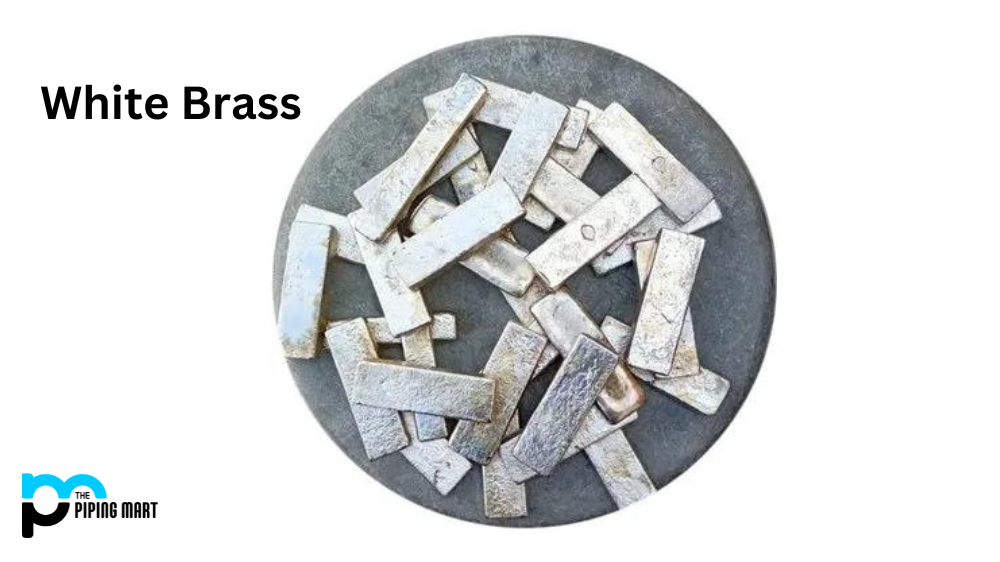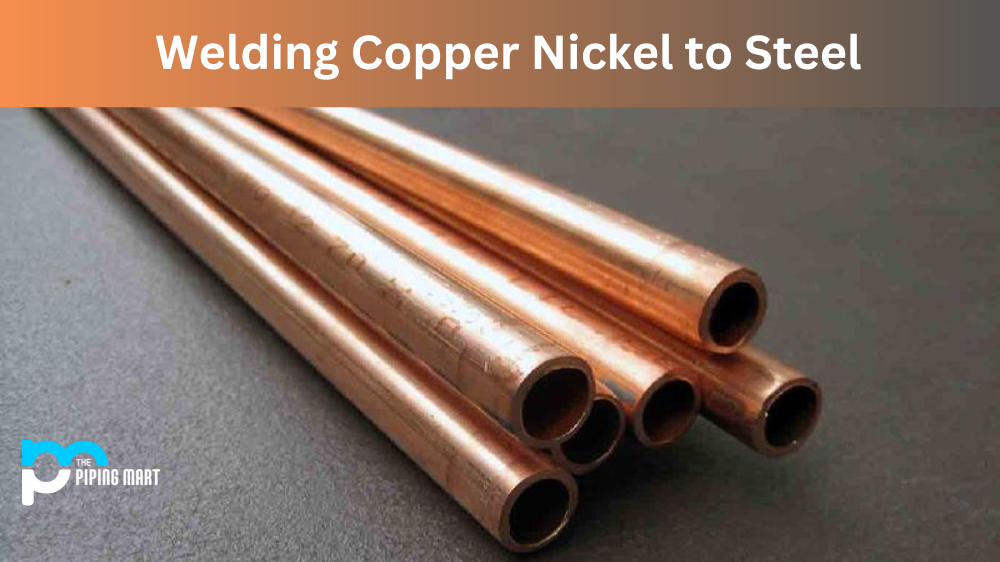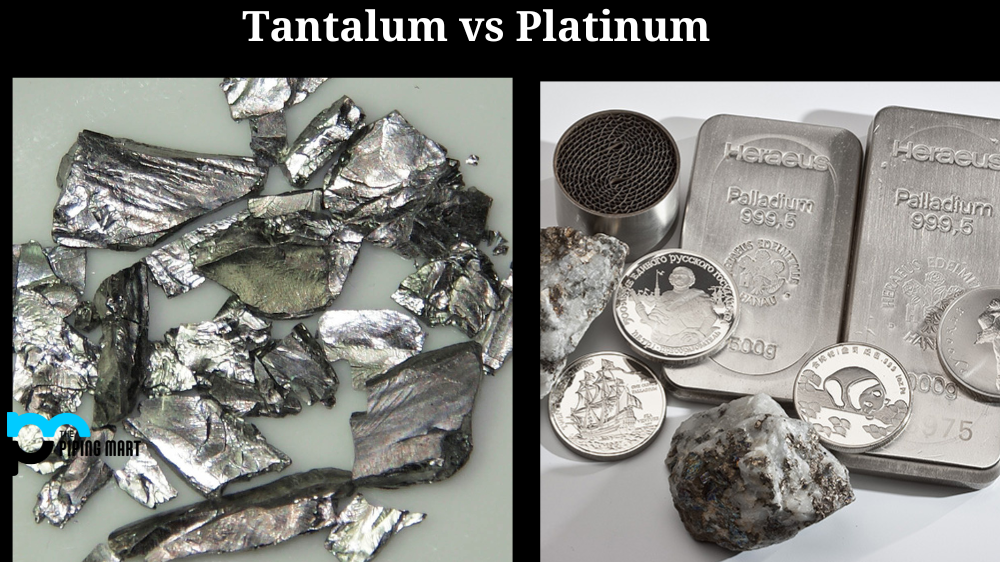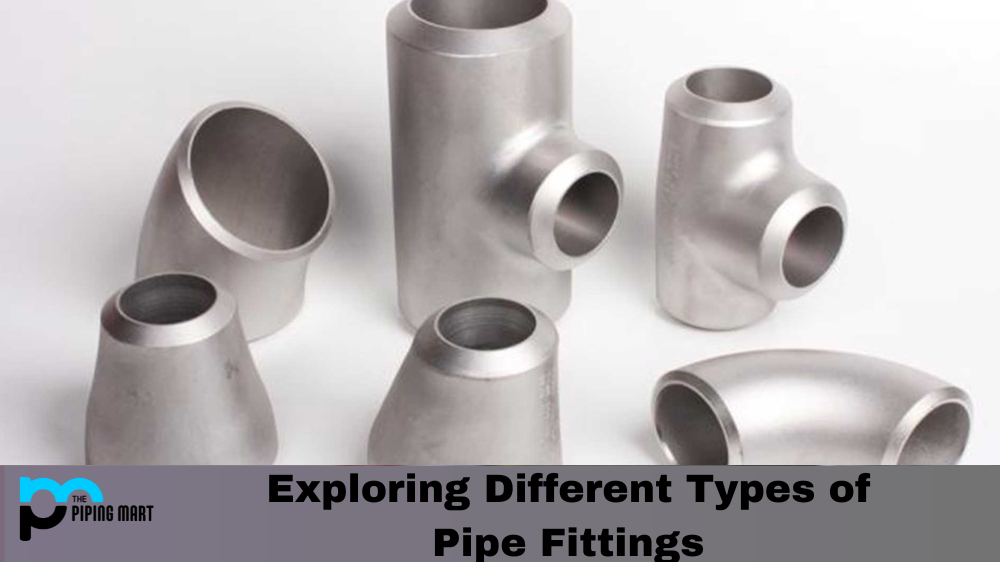White brass is a form of brass that has several benefits when compared to standard brass. It has been used in various applications for its strength, corrosion resistance, and aesthetic appeal. Let’s explore what makes white brass unique and why it should be considered for your next project.
What Is White Brass?
White brass is a type of composite metal made up of copper, zinc, and tin. The alloy composition varies depending on the desired properties but typically contains between 65% copper, 34% zinc, and 1% tin. This combination creates a silvery-white appearance, hence the name “white brass”.
White Brass Uses
Because of its attractive colour, white brass is often used in decorative applications such as door handles, jewellery boxes, and light fixtures. Additionally, white brass can be used for structural components due to its high strength-to-weight ratio and corrosion resistance. Other industrial uses include fasteners, bearings, valves, pumps and tubing due to their low cost and machinability compared to other metals such as stainless steel.
White Brass Composition
White brass is a unique alloy of materials that can be used to create various interesting objects and useful everyday items. It is composed of 70 per cent copper and 30 per cent zinc, which combine together to form a much stronger and more vibrant metal than either of the two components by themselves. This special alloy has a white, silvery colour that contrasts with other metals when used in decorative projects. Additionally, its low cost and relative ease of machining make it ideal for commercial purposes where bulk production is required. White brass products can range from ornamental sword hilts to intricate jewellery components – whatever your next project requires; you’ll find white brass the perfect solution.
White Brass Properties
The primary benefit of white brass is its corrosion resistance; the tin content acts as a barrier against oxidation from water or air exposure, making it ideal for outdoor use or in areas with high humidity or moisture levels. It also has excellent thermal conductivity, making it suitable for heat exchangers where efficient energy transfer is necessary. Furthermore, white brass is highly ductile, allowing it to deform without fracturing under pressure while still maintaining its mechanical integrity even at extreme temperatures (-200°C to +420°C). Finally, it offers excellent wear resistance, making it an ideal choice for machine parts that require durability over extended periods with minimal maintenance requirements.
- White brass is an alloy of copper and zinc.
- It is white when first cast but will tarnish to a yellowish colour over time.
- White brass is harder than pure copper but not as strong as steel.
- It is typically used for decorative purposes, such as in jewellery or musical instruments.
- White brass can also be used in plumbing or electrical applications where its corrosion resistance is beneficial.
Conclusion:
White brass offers many advantages over other metals, including corrosion resistance, thermal conductivity, ductility, wear resistance and low cost compared to stainless steel or aluminum alloys. It can be used in decorative and structural applications ranging from door handles and jewellery boxes to fasteners and heat exchangers due to its attractive colouration and exceptional mechanical properties. White brass is an attractive option with excellent performance characteristics that make it suitable for various industrial uses. Whether you are looking for aesthetic appeal or reliable performance under extreme conditions, consider using white brass on your next project!

Abhishek is a seasoned blogger and industry expert, sharing his insights and knowledge on various topics. With his research, Abhishek offers valuable insights and tips for professionals and enthusiasts. Follow him for expert advice on the latest trends and developments in the metal industry.




